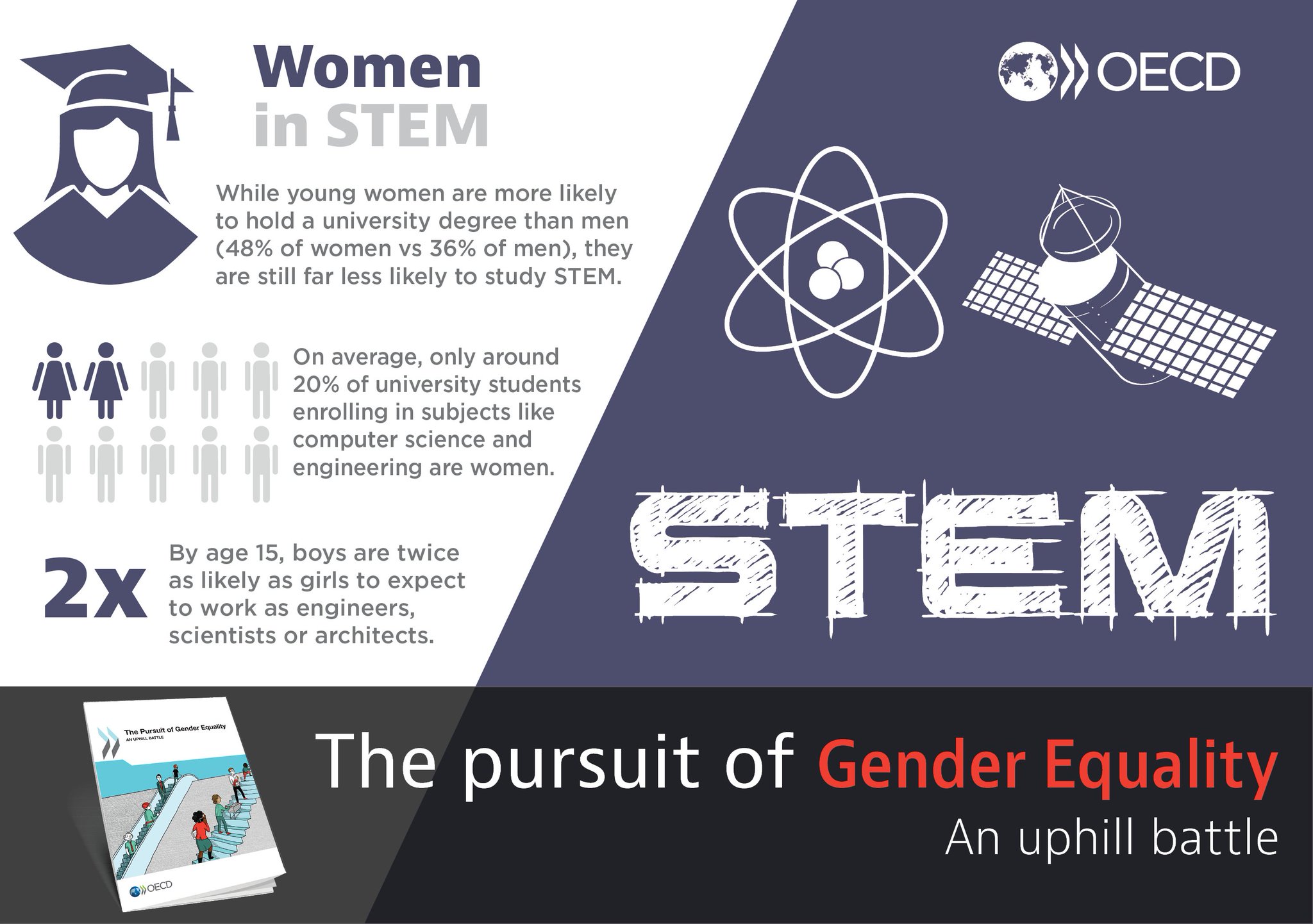The Programme for International Student Assessment (PISA) is a triennial international survey which aims to evaluate education systems worldwide by testing the skills and knowledge of 15-year-old students.
In 2015 over half a million students, representing 28 million 15-year-olds in 72 countries and economies, took the internationally agreed two-hour test. Students were assessed in science, mathematics, reading, collaborative problem solving and financial literacy. The results of the 2015 assessment were published on 6th December 2016.
In reading, 15-year-old girls outperform 15-year-old boys (by the equivalent of roughly one year of school), while in mathematics boys outperform girls (though by a narrower margin, the equivalent of less than half a year of school); in science there is instead little difference between boys’ and girls’ performance.
Yet dig a little deeper and a more nuanced picture emerges. There are far more boys (24.9%) than girls (12.5%) among the lowest-achieving students in reading, while there are far fewer girls than boys among the top performers in mathematics (10.6% vs. 14.8%) and science (7.7% vs. 9.3%).
There are even larger gender differences in the fields of study chosen in higher education - in OECD countries, fewer than 1 in 3 engineering graduates and fewer than 1 in 5 computer science graduates are girls. This is likely because of stereotypes and expectations, rather than performance differences in math and science. For example, at age 15 far fewer girls (4.7%) than boys (18%) — even among the top performers — reported that they expect to have a career in engineering or computing.
Even when girls do graduate from scientific fields of study, they are much less likely than boys to work as professional in these fields, more often choosing to become teachers. Data from a subset of OECD countries show that, among graduates with science degrees, 71% of men but only 43% of women work as professionals in physics, mathematics and engineering. As a result, across OECD countries, only 13.7% of the inventors who filed patents are women.
Source - OECD

No comments:
Post a Comment